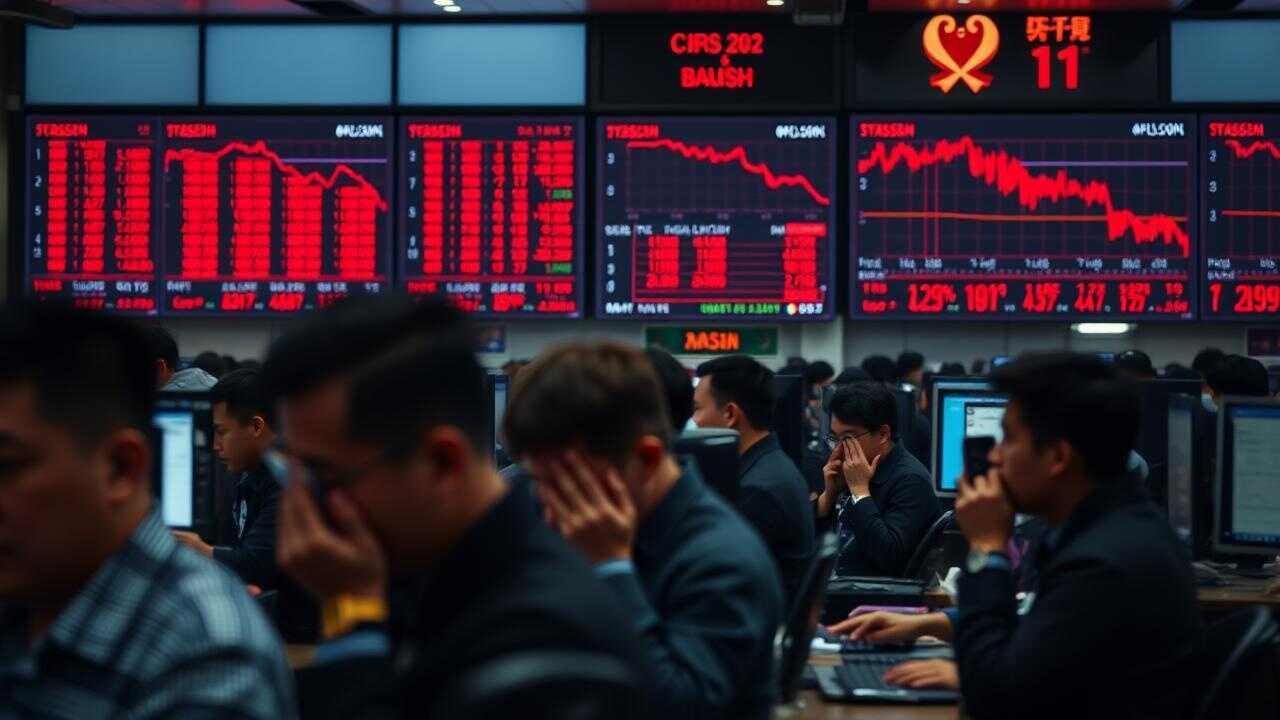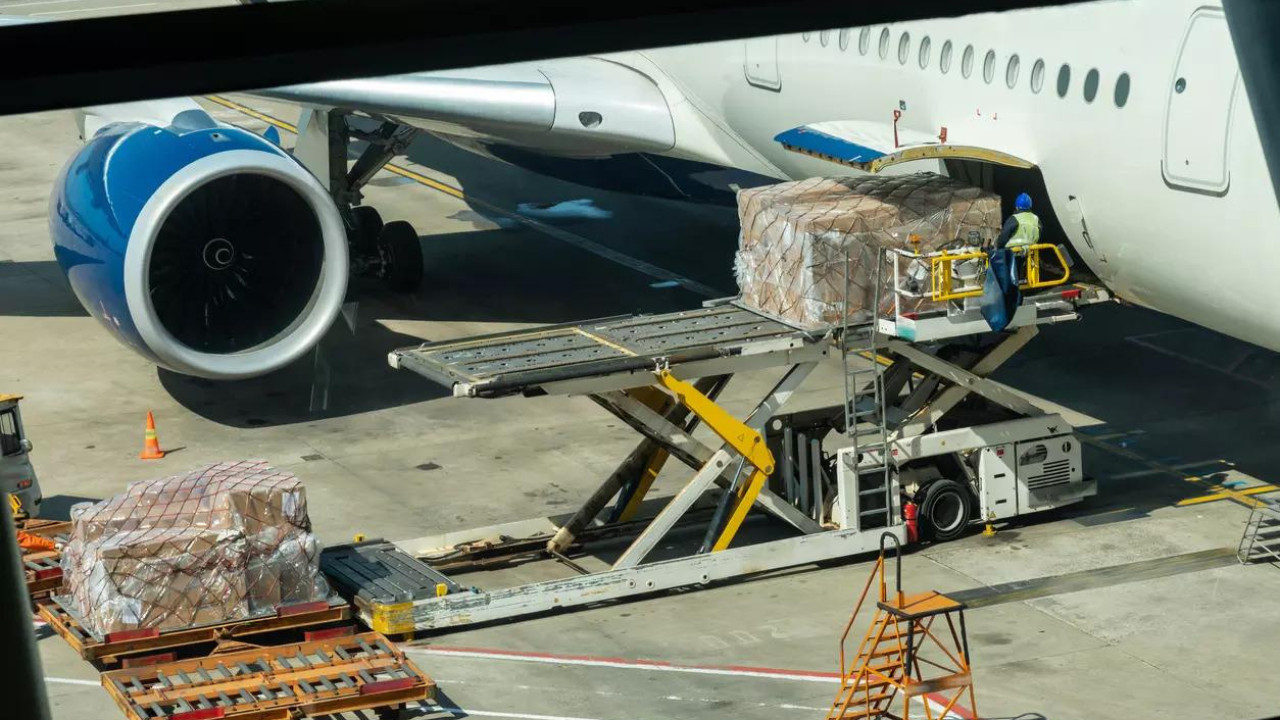Asian markets experienced a broad decline as initial optimism surrounding US trade agreements waned, with investors turning cautious amid ongoing US-China trade discussions. Tech stocks, particularly those linked to AI, saw significant gains, fueled by investments from companies like Alphabet and deals involving Tesla and Samsung. However, mixed earnings reports and concerns over valuations tempered overall market sentiment.
Navigating Choppy Waters: Asian Markets Grapple with Tariff Uncertainty
Asian markets are currently experiencing a period of unease, a wobble triggered by renewed concerns surrounding potential tariff hikes and further complicated by the looming Federal Reserve meeting. It’s a bit like watching a tightrope walker navigate a gusty wind – every step requires careful balance, and the slightest miscalculation can send things tumbling.
The main culprit appears to be revived anxieties about trade. Recent whispers of increased tariffs between major economic powers have cast a shadow over investor sentiment. This isn’t just about abstract numbers and trade agreements; it’s about the potential disruption to supply chains, the impact on corporate earnings, and ultimately, the chilling effect on global economic growth. Think of it like this: if you suddenly add a hefty tax to every ingredient a baker needs, the price of the cake goes up, and fewer people buy it. The same principle applies on a much larger scale.
Across the region, we’re seeing a cautious pullback. Stock benchmarks are reflecting this nervousness, with investors seemingly hesitant to make bold moves ahead of potential policy shifts. Hong Kong’s Hang Seng index, a key indicator of Chinese economic health, is particularly sensitive to tariff-related news, and its performance reflects this. Similarly, markets in South Korea and Japan are showing signs of strain, as are those in Southeast Asia, each feeling the ripple effects of these global trade concerns.
Adding to the complexity is the upcoming Federal Reserve meeting. The Fed’s decisions on interest rates are always closely watched, but this time, the stakes feel particularly high. The delicate dance between controlling inflation and supporting economic growth is proving challenging, and the Fed’s next move could have significant consequences for markets worldwide. Will they hold steady, signaling a pause in rate hikes? Or will they opt for further increases to tame inflation, potentially risking a slowdown? This uncertainty is another weight adding to the pressure on Asian equities.

Beyond the headline figures, it’s crucial to understand the underlying factors at play. Asian markets are incredibly diverse, each with its own unique strengths and vulnerabilities. Some are heavily reliant on exports, making them particularly susceptible to trade disputes. Others are grappling with domestic economic challenges, such as rising inflation or slowing growth. This means that the impact of tariff anxieties and Fed policy will vary significantly across the region.
Consider the technology sector, a significant driver of growth in many Asian economies. Tech companies are often heavily involved in global supply chains, sourcing components from different countries and exporting finished products worldwide. Tariffs can disrupt these complex networks, raising costs and hindering competitiveness. Similarly, companies that rely on exports to key markets like the United States or Europe may face reduced demand if trade barriers increase.
Navigating these turbulent times requires a nuanced approach. For investors, diversification is key. Spreading investments across different asset classes and geographic regions can help mitigate risk. It’s also essential to stay informed about the latest developments in trade policy and monetary policy. Understanding the potential impact of these factors on specific companies and industries is crucial for making informed investment decisions. Staying informed is crucial; consider subscribing to industry newsletters or setting up Google alerts on relevant economic indicators.
The situation is fluid and could change rapidly. The key to weathering this storm is preparedness, vigilance, and a long-term perspective. Remember, market volatility is a natural part of the economic cycle, and periods of uncertainty often create opportunities for those who are willing to do their homework and remain patient. This period might also be an opportune time to review your portfolio and adjust your strategy to reflect the changing landscape. For instance, consider exploring opportunities in less cyclical sectors, or those with strong domestic demand within individual Asian economies. You can also read about the impact of global events on investment strategy to make more informed decisions.
The confluence of tariff uncertainties and the upcoming Federal Reserve decision has created a challenging environment for Asian markets. Staying agile, informed, and diversified will be critical for investors seeking to navigate these choppy waters and emerge stronger on the other side. While short-term volatility is likely to persist, the long-term growth potential of the Asian region remains compelling, offering opportunities for those who are prepared to ride out the storm.







